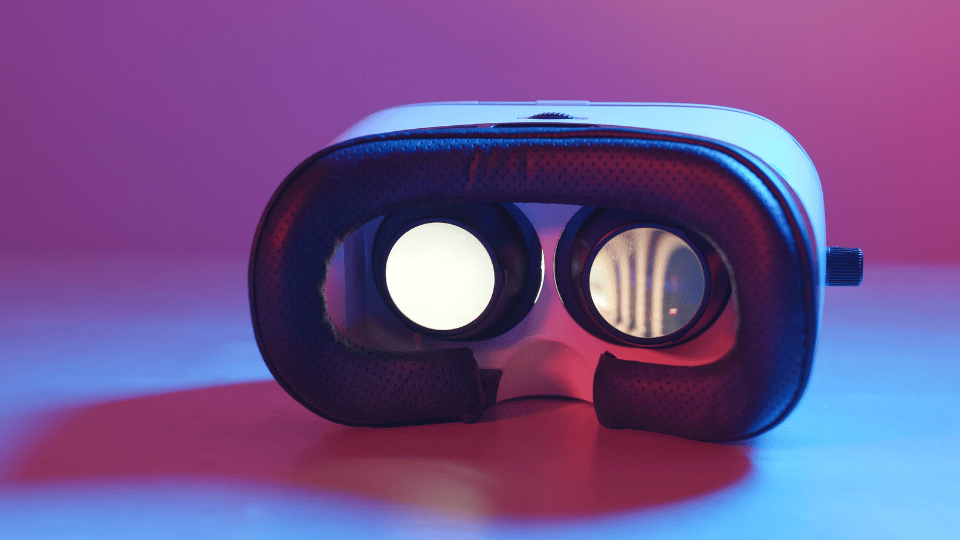The Evolution of Stereoscopic 3D: From Wheatstone to the Digital Age
Learn about the evolution of 3D technology with this blog on Stereoscopic 3D History!
In today’s tech-driven world, 3D technology is a staple, enhancing our entertainment, gaming, and learning experiences. But have you ever wondered about the origins of 3D imaging? Let’s embark on a journey through time to explore the evolution of stereoscopic 3D.

The Birth of Stereoscopy
The concept of 3D imaging can be traced back to 1838 when Sir Charles Wheatstone introduced the world to the stereoscope. This ingenious device showcased two slightly offset images, one to each eye, which the brain then merged to produce a perception of depth, giving life to the 3D effect.
While Wheatstone’s invention was groundbreaking, its design was somewhat bulky. Enter Sir David Brewster in 1849, who revolutionized the stereoscope by introducing a lens-based version. This adaptation not only compacted the device into a hand-held form but also utilized prints, enabling users to marvel at a plethora of 3D images.

The Modern Era of 3D Imaging
The 20th century witnessed significant advancements in 3D technology. With the advent of photography and film, 3D imaging expanded its horizons. The 1950s, in particular, experienced a surge in 3D cinema, a trend that has only grown more sophisticated over the decades.
Fast forward to today, and we find ourselves immersed in a digital age where 3D technology is intertwined with our daily lives. From gaming to education, the applications are vast and varied. The modern classroom, for instance, is increasingly integrating technology to enhance learning experiences. Devices like zSpace’s 3D immersive imaging displays are at the forefront of this movement. These state-of-the-art tools allow users to engage with virtual objects as if they were tangible, bridging the gap between the virtual and real worlds.
In Summary: Stereoscopic 3D History
The journey of stereoscopic 3D is a testament to human ingenuity and the relentless pursuit of innovation. From Wheatstone’s rudimentary stereoscope to today’s immersive 3D displays, the evolution of 3D technology continues to captivate and inspire. As we look to the future, one thing is certain: the world of 3D holds endless possibilities, limited only by our imagination.
At VIVED Learning, we empower students and teachers with innovative, interactive STEM resources. Our platform contains over 1000+ fully dissectible 3D models, across STEM subjects such as Anatomy, Chemistry, Engineering, Biology and more.
Book a call with our expert team today to learn how VIVED can boost your students engagement and learning outcomes!
Like this blog? Check out our blogs on the best STEAM learning resources and study apps!





